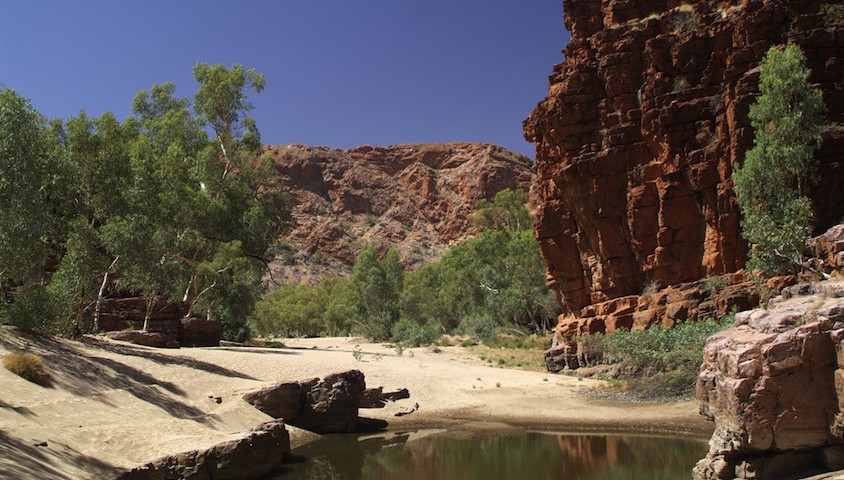While considered very much a niche sport, rogaining has consistently grown in popularity over the past decade or so, due in part to the ongoing success of the World Rogaining Championships (WRC).
Last year, this competition was held in Finland and drew significant interest from those European nations where the sport is realising the greatest growth; this year the WRC returns to the sport’s country of origin – Australia.
Scheduled for the 23rd and 24th of July, this year’s event will be the 14th such competition (the very first WRC was held in Beechworth in 1992), with event director and president of the International Rogaining Federation Richard Robinson palpably excited to have the competition held in the East MacDonnell Ranges.
“This event will combine some truly world-class rogaining with a world-class terrain,” Robinson said in a recent interview with Wild.
“The experience will be an absolutely traditional, Australian-type 24-hour rogaine in an area with next to no tracks. The country is both harsh and beautiful making for complex navigation in a breathtaking environment.”
The sport, which is believed to have been developed by members of the Melbourne University Mountaineering Club in the 1940s, has remained something of a niche pastime for bushwalking and other adventure clubs even after the first association (Victorian Rogaining Assocation) was formed in the 1970s.
In the past 20 years, according to Robinson, the uptake of the sport has accelerated rapidly.
“The sport is currently growing at three to five per cent annually within Australia and has been doing so for some time now, but it’s the growth in eastern Europe that has been absolutely stellar,” he said. “In Estonia, a country of some 1.3 million people, there are now 1,800 rogainers.
“Seven or eight years ago, Russia had almost no rogaining whatsoever and now there are over 2,000 active participants.”
With so many more people becoming interested in the sport from around the world, competition to win the WRC has also been increasing steadily, but hosting the 2016 event in Australia means there are advantages for local teams.
In the past decade, European and US-based WRCs have been conducted in more open and less complex terrain that often includes many tracks, thereby placing greater emphasis on running fitness rather than planning and navigation technique.
Having competed in over 150 rogaines himself, Robinson said this year’s championship will be the polar opposite.
“Some of those international events have really favoured competitors with long distance running experience who can cover a large amount of ground relatively quickly. That stamina isn’t going to be has useful this year, and competitors will need to rely more heavily on their navigational skills and thorough planning.”
Currently open to anyone (you don’t even need to have competed in a 24-hour rogaine event before), WRC2016 has a total of 800 places to fill in the coming months with more than two-thirds of these already booked.
“The entrance fee is $225, which includes three nights camping at the Ross River Resort, food and a souvenir,” Robinson explained. “However, for those who want to be a part of the experience without competing, we also have the opportunity for up to 80 volunteers to assist us in putting on the event.”
Robinson said that volunteers will also get free camping and food, plus a WRC Volunteers t-shirt.
For more details regarding the WRC and how to get involved, visit the event website.


